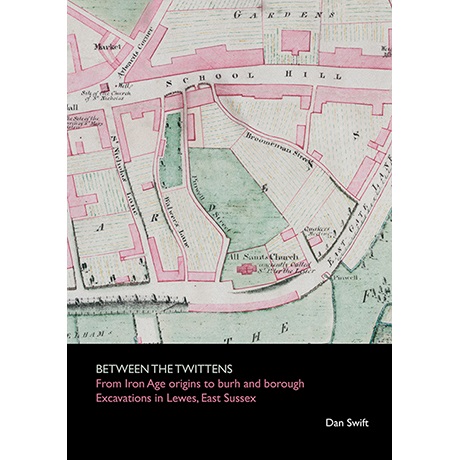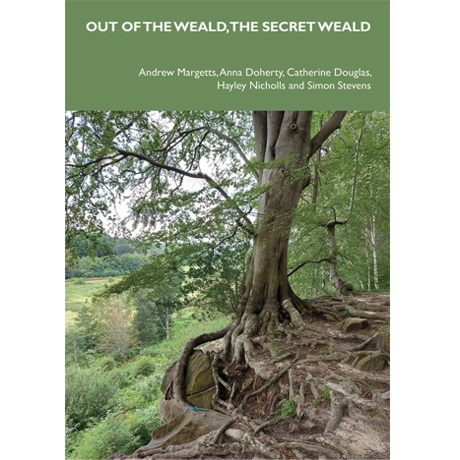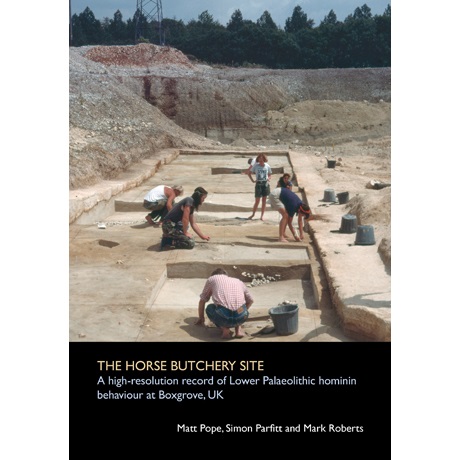F31 Between The Twittens: From Iron Age Origins To Burh & Borough. Excavations in Lewes, East Sussex DescriptionThis volume presents the findings from four urban excavations undertaken within the historic core of Lewes in East Sussex, between 2004 and 2008. It charts Lewes’ evolution from a Late Saxon burh (fortress) to a thriving high medieval urban centre at the head of the newly formed Rape of Lewes, and on through late medieval and early post-medieval times as County Town of Sussex, placing the archaeology of Lewes within the wider historical context of English settlements and towns. This volume presents the findings from four urban excavations undertaken within the historic core of Lewes in East Sussex, between 2004 and 2008. It charts Lewes’ evolution from a Late Saxon burh (fortress) to a thriving high medieval urban centre at the head of the newly formed Rape of Lewes, and on through late medieval and early post-medieval times as County Town of Sussex, placing the archaeology of Lewes within the wider historical context of English settlements and towns. The earliest activity was of a developing Middle to Late Iron Age riverside and upland agricultural settlement, with evidence for its subsistence economy, metalworking and infant burial practices. The settlement began with curvilinear enclosures and expanded uphill ending with a more formalised, linear division of the landscape. A large Late Saxon feature recorded on the western side of St Nicholas Lane is interpreted as a possible element of the burh fortifications and if so, presents the first archaeological remains of the fortress thought to occupy the uppermost part of the town, and provides the location of the eastern limits of the burh. Insights into the lives of Lewes’ Late Saxon and medieval inhabitants, their diet, agriculture and economy has come from numerous deep quarry and refuse pits which yielded huge assemblages of finds including pottery, animal and fish bones, plant remains and artefacts. The remains of several medieval buildings were recorded, alongside ex situ finds of clay and stone building materials. By the late 18th- to 19th-century, significant development and expansion was underway in Lewes, reflected on two of the sites by an abundance of brick-built remains F31 Non-UK Postage (EU & Rest Of World).F31 UK PostageRecently Added |
London's global university




